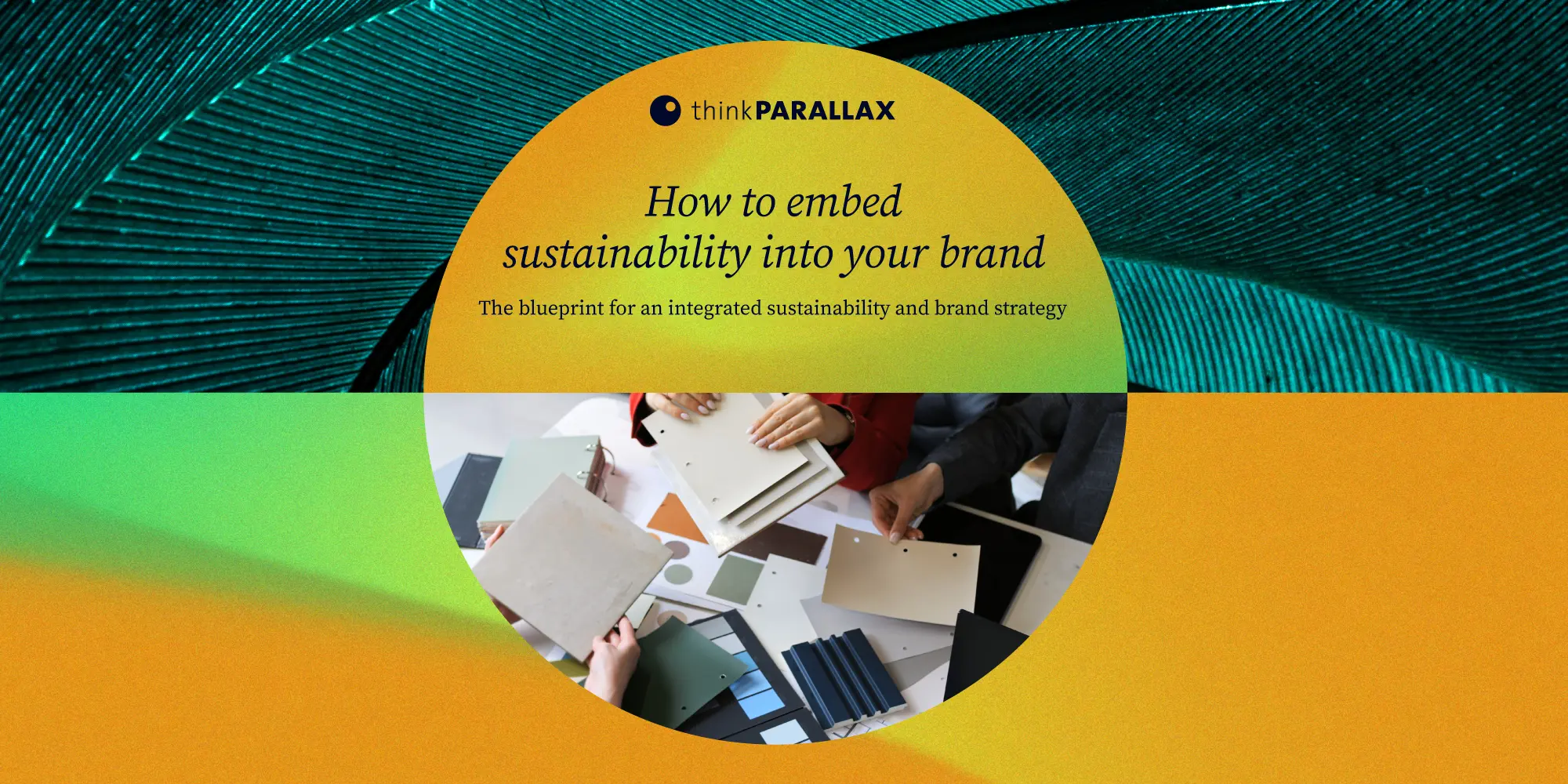One defining aspect of the ecological crisis we’re currently facing is not just the extent of the changes to our environment, but the rate of the changes occurring — whether the speed of the increase in atmospheric CO2, or the rapid loss of biodiversity. Our political systems, our industries, and our workplaces are undergoing similarly disorienting, dramatic periods of change. And more change will be required in order to respond to the demands we’re facing. I’ve heard colleagues refer to our work in sustainability as primarily change management.
One way to understand conflict is as an expression of resistance to change: the more dramatic the change, the greater the potential for conflict. So it follows that in our current environment of rapid pendulum swings and overwhelming uncertainty, the conditions are ripe for conflict: at both macro, societal, and micro, interpersonal levels of interaction. The more we understand about conflict — and the variety of ways different people address conflict, also known as conflict styles — the more equipped we will be to navigate the changes around us.
At thinkPARALLAX, one of our values is “embracing parallax.” Our aspiration is to make this idea that “our differences make us stronger” more than just words on a page. The point is not difference for the sake of difference; rather, we believe that bringing more than one perspective to a single issue will yield solutions that are better able to reflect the nuanced, complex reality in which we live.
This value for diverse perspectives can be applied to navigating conflict: “embracing parallax” here might involve identifying which conflict styles are at play in a certain situation, and whether they are the best suited for resolving the particular issue at hand. Our differences really can make us stronger, so it can only benefit us to learn more about conflict, and the different ways we approach it.
The below graphic depicts a modified version of the Thomas-Kilmann Instrument, a conflict resolution assessment model that’s used in Dialogue for Peaceful Change’s mediation methodology. The model maps five styles across two axes, representing 1) the importance of the relationship against 2) the importance of the issue feeding the conflict. How the participants in the conflict value these two elements contributes to the conflict style employed; personal disposition and life experiences may also lead individuals to unconsciously gravitate toward ‘preferred’ conflict styles.
Conflict Style 1: Avoider
In this conflict style, the individual involved chooses not to engage with the conflict.
- Pros: This style can be ideal when a conflict is at either extreme — if very hot (e.g. a physical altercation), avoidance may be ideal to maintain safety. If very cold, the conflict may not be worth engaging in.
- Cons: When conflict is avoided regularly, necessary change may not take place, and needs may go unmet. Unresolved conflict can lead to resentment, ultimately endangering both the issue and the relationship.
Conflict Style 2: Accommodator
In this conflict style, the individual chooses to deal with the conflict by addressing the needs of the other party.
- Pros: This style can be beneficial when the relationship is more important than the conflict; an accommodating conflict style will always prioritize the relationship.
- Cons: By smoothing over difficulties to maintain the relationship, an accommodator may lose the opportunity to resolve underlying issues; sacrificing one’s own needs for those of the other party may result in peace for only a limited time.
Conflict Style 3: Compromiser
In this conflict style, the individual chooses to deal with the conflict by seeking to have some of their issues met, and to give ground on some of the issues for the other party.
- Pros: The compromiser will win in part, resolving the conflict to some extent.
- Cons: Since the compromiser also loses in part, there is a chance that in the long term, conflict may reoccur.
Conflict Style 4: Controller
In this conflict style, the individual chooses to deal with the conflict by aiming to win on all their perceived needs or grievances, without concern for the other party.
- Pros: This conflict style seeks to win. In the case of an issue of justice or principle, this is the style in which a participant stands by their values.
- Cons: This desire to win supersedes the value for the relationship. Although the conflict might be resolved, it may be at the cost of the relationship.
Conflict Style 5: Empathic Problem Solver
In this conflict style, the individual chooses to deal with the conflict by giving both parties’ needs equitable attention. They are concerned with empathetically engaging the other party’s needs in their work to move forward.
- Pros: As both the issue and the relationship are valued, the resolution is more likely to last in the long term.
- Cons: As the most time-consuming approach, this is not the style to use in a short-term emergency when time is of the essence.
None of these styles are inherently right or wrong. But to navigate conflict well, it’s beneficial to be able to recognize and understand different approaches to conflict, to adapt as needed and potentially adjust our ‘default’ styles according to the situation. As we become more familiar with each conflict style, we can more creatively apply different tools to different situations, and hopefully help others move through conflict and change as well. And although the issues might remain, the goal for us — both as members of a team working together, and, from a broader perspective, as practitioners of change management — is to continue moving through the conflict, and toward a future of more safety and belonging for all.
Note: Conflict style definitions and principles of conflict mediation have been explained according to Colin Craig’s Dialogue for Peaceful Change “Navigating Conflict and Change” handbook.



.png)


